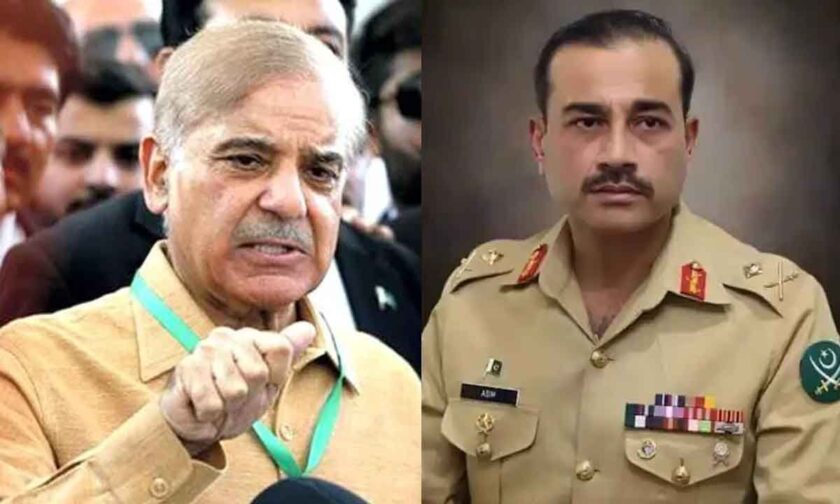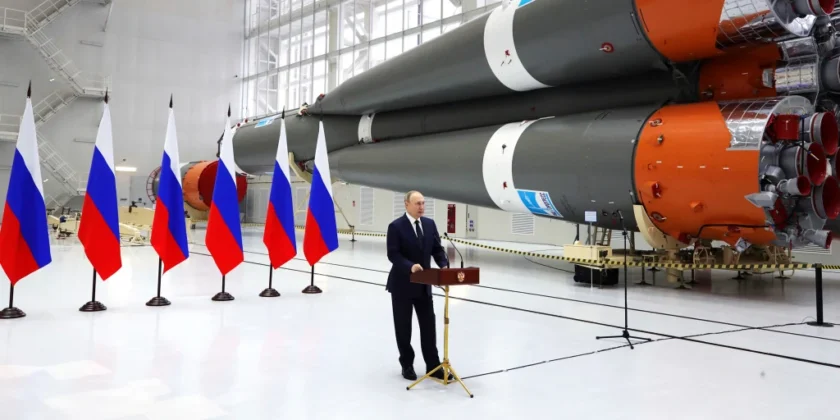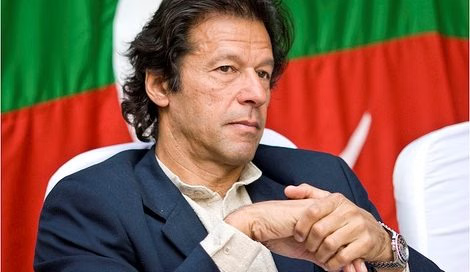KYIV: As the U.S. heads toward a decisive election on November 5, Ukrainians brace for its outcome, aware that the next president will determine the trajectory of military support for Ukraine’s defense against Russian aggression. The stakes are high for Kyiv, whose leadership and citizens alike know that changes in U.S. policy could heavily influence Ukraine’s survival, territorial integrity, and eventual place on the global stage.
Uncertain Times in Kyiv
Across Ukraine, a sense of anxious waiting pervades. Ukrainian forces are holding their lines against persistent Russian attacks, all while cognizant that U.S. foreign aid—a critical lifeline for Ukraine’s defense—could shift dramatically depending on the election’s outcome. Many in Kyiv are preparing for the possibility that the election results might not only affect military support but also Kyiv’s chances at pursuing an advantageous cease-fire and possible membership in NATO.
“The outcome in the U.S. could determine whether we even have a country left,” remarked one Ukrainian official who requested anonymity. The sentiment underscores the deep dependency on continued American military aid and logistical backing to defend against Russian forces.
The Stakes for U.S. Support: Biden vs. Trump
The U.S. presidential candidates have vastly different stances on support for Ukraine. Vice President Kamala Harris, representing the Democratic party, is expected to continue President Joe Biden’s robust support for Ukraine. Under Biden, the U.S. has provided Ukraine with over $59.5 billion in military aid since the conflict intensified in February 2022. Harris’s policy aligns with Biden’s overarching goal of preventing direct U.S.-Russia military conflict while bolstering Ukraine’s defense capacity.
In contrast, former President Donald Trump has voiced a desire to scale back military assistance to Ukraine, viewing U.S. aid commitments skeptically and emphasizing a reduction in foreign entanglements. Trump has repeatedly praised Russian President Vladimir Putin’s “savvy” and indicated a preference for resolving the Ukraine conflict diplomatically, suggesting that ending the war would be a priority, potentially by diminishing U.S. support to pressure Kyiv into negotiations.
Trump’s stance has raised concerns among Ukrainian leaders, as diminished aid could limit Ukraine’s defensive abilities, potentially forcing Kyiv to accept unfavorable terms. “Donald Trump’s plan, if implemented, could shift the balance in favor of Russia, as Ukraine remains deeply dependent on the U.S. for arms and support,” stated Malcom Chalmers, deputy director at the Royal United Services Institute in London.
The Unfulfilled Promises of Military Aid
Despite Biden’s firm support, Kyiv has faced challenges due to delays in receiving U.S. military aid. During a six-month period when Congress deliberated on aid approvals, Ukraine’s military endured considerable losses due to dwindling supplies and limited resources. Some military leaders, including Gen. Lt. Ihor Romanenko, a former deputy chief of the General Staff, argue that swifter aid might have placed Ukraine in a better position for negotiations.
“We could have entered talks with Russia from a stronger stance if we had received all the aid promised on time,” Romanenko reflected. He emphasized that the war’s tempo has been affected by inconsistent and delayed arms supplies, which have constrained Ukraine’s ability to hold territory and counterattack effectively.
Harris’s Plan: Maintaining the Status Quo
Harris’s approach aligns with Biden’s support, keeping the United States heavily involved while limiting Ukraine’s capacity to attack Russian territory directly. Harris has publicly condemned Putin’s “brutality” and signaled a commitment to defending Ukraine as a bulwark of U.S. global influence and leadership.
Last month, Defense Secretary Lloyd Austin announced a new aid package for Ukraine, reinforcing this stance with a $400 million military support package, with more substantial funding expected by year-end. Harris’s support suggests a continuity in U.S. backing, though potentially without the escalation of offensive capabilities that Ukraine has been lobbying for.

Trump’s Vision: A Departure from Traditional Policy
Unlike Harris, Trump’s policy position leans toward curtailing military aid, with an implied openness to reducing U.S. commitments abroad. During his presidency, Trump approved the transfer of lethal aid to Ukraine—a departure from the Obama administration’s approach—but his recent statements raise questions about whether he would continue similar support if re-elected.
While some Ukrainian officials cautiously welcome Trump’s unpredictability, hoping it might prompt rapid decision-making, others remain skeptical. Trump’s praise for Putin has fueled concerns in Kyiv, and his preference for a reduction in U.S. foreign entanglements could pressure Ukraine into a premature ceasefire, allowing Russia to consolidate its territorial gains.
The Global Implications of the U.S. Decision
Ukraine’s aspirations extend beyond mere survival; President Volodymyr Zelenskyy has articulated a “victory plan” aimed at liberating occupied territories and achieving NATO membership for Ukraine. However, achieving these goals is intricately tied to sustained Western, and particularly American, support.
Chalmers notes that Kyiv’s push for NATO membership hinges on the assumption of steady U.S. backing, which could falter if Trump assumes office and alters the trajectory of U.S. policy. Kyiv’s demands include longer-range weapons, financial support, and training—resources that are crucial for sustaining morale and resilience among the Ukrainian populace.
For Russia, too, the stakes are high. Despite sustaining significant military losses, Moscow has continued its offensive largely by leveraging domestic support for the war and international alliances, including recent talks to enlist North Korean troops. Russia’s defense spending remains high, while Ukraine, strained by infrastructural challenges and a vulnerable economy, faces growing pressure to either reach a decisive outcome or pursue a ceasefire.
The Path Forward for Ukraine
Ukrainian forces are holding their lines, and Zelenskyy’s administration has emphasized the importance of resistance. However, Kyiv’s capacity to endure largely depends on Washington’s decision-making after the election. The prospect of a partial ceasefire has emerged, but a clear framework remains elusive, especially given the complexities of negotiating with Moscow, which still controls substantial Ukrainian territory.
Chalmers remarked, “Only when both sides see a net gain in ceasing hostilities will this brutal war wind down.” For now, Zelenskyy’s government is hoping for a U.S. administration that aligns with Kyiv’s vision of an eventual NATO-backed defense against Russian aggression.
The outcome of the U.S. election will likely determine Ukraine’s path forward, impacting not just the battlefield dynamics but the geopolitical landscape of Eastern Europe. As Ukrainians watch closely, they remain hopeful that continued American support will provide the resilience needed to defend their sovereignty and pave the way toward lasting peace.





